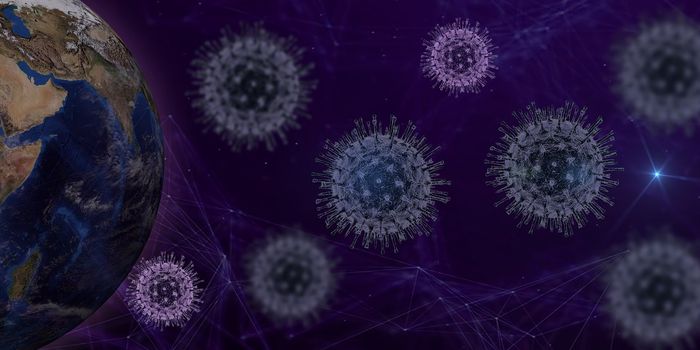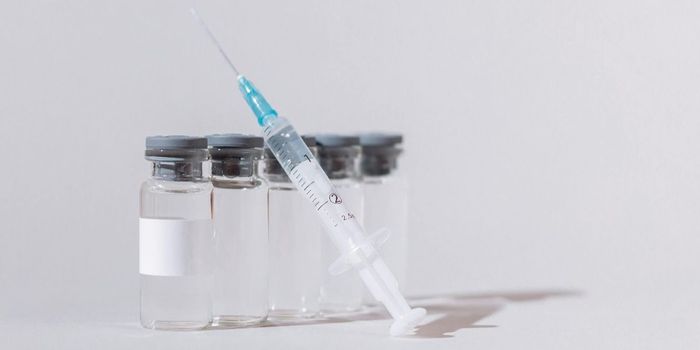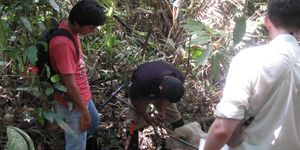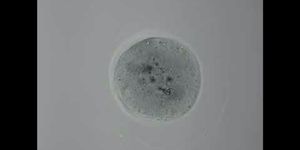Mutations Mutations Which Ones Do We Want?
Often we find ourselves avoiding mutation when it comes to our DNA. We avoid the sun’s UV radiation, smoking, asbestos and other carcinogenic factors which can cause our DNA to mutate. Too many mutations of this sort can lead to cancer. However, when the mutation is performed intentionally in a safe manner, it lends us the advantage of determining the specific function of our genetic makeup.
A team of researchers at the University of California San Francisco have made use of a new tool known as SLICE that utilizes CRISPR gene editing techniques to induce mutation. SLICE enables the rapid assessment of the function of every gene in primary immune cells. Primary immune cells are the cells that come directly from the patient. The experiments are described in the November 15 issue of Cell.
"SLICE allows us to perform genome-wide screens in which we mutate every gene in the genome to see which genes have the biggest effect on the cellular behavior we're interested in," explains Alex Marson, MD, Ph.D., associate professor of microbiology and immunology at UCSF and co-senior author of the new study. "We change one gene at a time in each cell and see which change causes the cell to do what we want it to do. SLICE is the discovery engine that will point us towards pathways that we can reprogram to generate the most effective next-generation cell therapies."
The research team utilizes SLICE to figure out which of the immune cell's genes are responsible for the increase in their cancer-killing immune activity. The team focused on mutations of the T cells, cells responsible for the attack and elimination of foreign material.
Various immunotherapies exist that employ T cells to find and kill cancer. Though the T cells are effective, it is observed that they do not always perform as expected. Once SLICE identified the genes that could dampen the effectiveness of the T cells, they deleted them and witnessed a markedly improved cancer-killing capacity. This work proved that scientists could use SLICE to identify genes that make T cells proliferate.
Another challenge the scientists acknowledge is that of the tumor microenvironment. In the tumor microenvironment, the T cells can become suppressed. The team hoped the SLICE tool would aid in overcoming the suppression.
"SLICE functions as a flexible platform that allows scientists to model the interaction between immune cells and the tumor microenvironment. We've shown that SLICE can help researchers identify genes that allow immune cells to escape the immunosuppressive forces they encounter in these microenvironments," said Alan Ashworth, PhD, the E. Dixon Heise Distinguished Professor in Oncology at UCSF, president of the UCSF Helen Diller Family Comprehensive Cancer Center, and co-senior author of the new study.
The team hopes that the SLICE tool may one day help improve upon personalized immune cells to battle cancer. "Given the flexibility of this approach," Marson said, "SLICE may one day help scientists to create personalized immune cells with novel disease-fighting properties."
Watch this video to learn more details about a tumor microenvironment.
Sources: Science Daily, UCSF, YouTube









